
Use of Symbol and Imagery in Ode to the West Wind
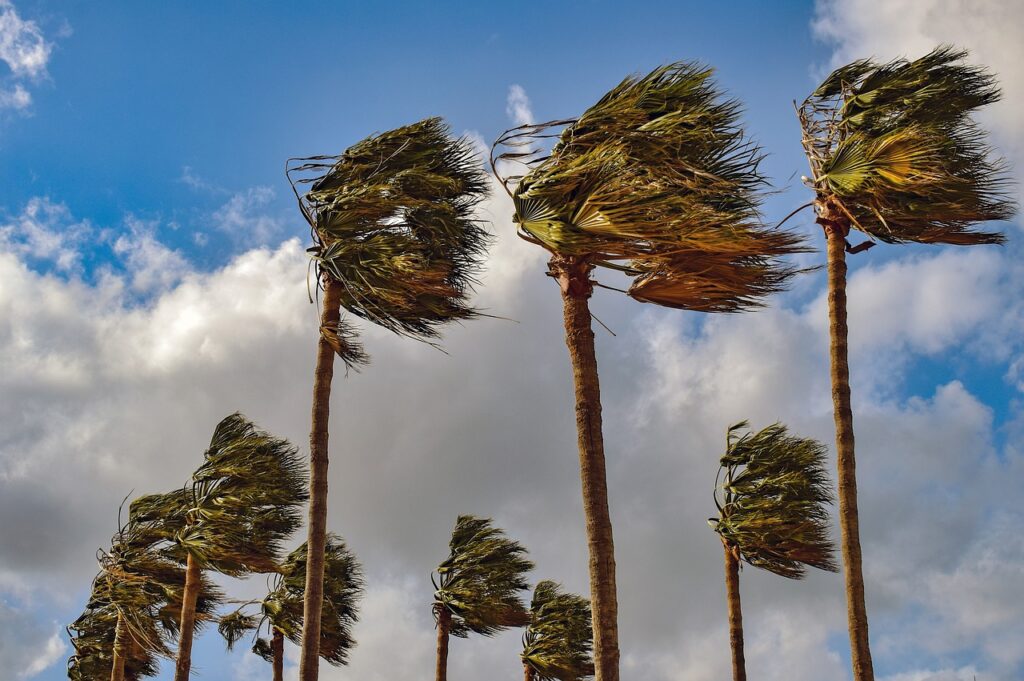
Use of Symbol and Imagery in Ode to the West Wind
In “Ode to the West Wind,” Percy Bysshe Shelley masterfully employs symbols and imagery to create a rich and evocative portrayal of nature’s power, the poet’s emotions, and broader themes of change, inspiration, and transcendence. Throughout the poem, Shelley uses vivid and evocative imagery to immerse the reader in a sensory experience of the natural world and employs symbols to convey deeper meanings and universal truths. In this analysis, we will explore the use of symbols and imagery in “Ode to the West Wind” and how they contribute to the poem’s profound exploration of the human experience and the transformative power of nature.
1. The West Wind as a Symbol of Change and Renewal:
One of the primary symbols in “Ode to the West Wind” is, of course, the West Wind itself. The wind serves as a symbol of change and renewal, representing the cycle of life and death in the natural world. Shelley describes the wind as the “breath of Autumn’s being” (line 1), connecting it to the changing of seasons and the transition from summer to winter. The wind drives the “leaves dead” (line 2), symbolizing the end of one phase and the beginning of another. The image of the wind scattering the leaves like “ghosts from an enchanter fleeing” (line 3) evokes a sense of mystery and the supernatural, emphasizing the transformative power of the wind.
Furthermore, the wind carries “winged seeds” (line 7) that lie “cold and low” (line 8), suggesting the potential for new life and growth. The metaphor of the seeds as “corpses within their graves” (line 8) underscores the cyclical nature of life and death, highlighting the theme of renewal and rebirth. The wind’s ability to bring “living hues and odours” (line 8) amid the “deep-damasked wings” (line 5) of the approaching storm further reinforces this symbolism of rejuvenation and regeneration.
2. Sensory Imagery of the Wind’s Power:
Shelley’s use of vivid sensory imagery enhances the reader’s understanding of the wind’s power and its effects on the natural world. He describes the wind as a “wild Spirit” (line 13) and a “fierce Maenad” (line 21), suggesting untamed energy and uncontrollable force. The imagery of the wind’s movements as “thou on whose stream, ‘mid the steep sky’s commotion” (line 19) and “on the blue surface of thine aëry surge” (line 46) creates a vivid visual of the wind’s motion.
The wind’s interactions with the natural elements are depicted through vivid imagery. It shakes loose clouds like “earth’s decaying leaves are shed” (line 16) and rolls over the ocean’s waves with thunder and lightning (lines 80-85). This imagery immerses the reader in the sensory experience of the wind’s movements, evoking the sound of thunder, the sight of lightning, and the feel of the wind’s rush.
3. The Wind as a Symbol of Inspiration:
In addition to its representation of change and renewal, the West Wind serves as a symbol of artistic inspiration and creativity. Shelley addresses the wind as his “Song” (line 64), suggesting that the wind’s power influences his poetic expression. He envisions himself “murmur-singing” (line 73) to the wind, seeking to communicate his thoughts and emotions directly to this natural force.
The wind becomes a conduit for the poet’s ideas, carrying them across the world and infusing them with its own power and energy. Shelley’s use of sensory imagery in this context allows the reader to sense the profound connection between the poet and the natural world, highlighting the Romantic belief in the interconnectedness of nature and human emotions.
4. Imagery of Death and Transience:
In contrast to its role in inspiration and creativity, the West Wind’s imagery is also associated with death and transience. Shelley uses powerful metaphors and visual imagery to evoke a sense of mortality and impermanence. The wind is likened to a “dirge” (line 24), a mournful song associated with funerals. The wind’s association with the “dying year” (line 25) and its role in driving the season of winter suggest the inevitability of death and the passage of time.
The image of the wind driving “leaves as from the death” (line 41) and the “streamers that wave on the turrets tall / When the leaves dance on the tempest’s pall” (lines 79-80) further underscore the transient and ephemeral nature of life. This imagery deepens the reader’s understanding of the poem’s themes of mortality and the impermanence of the natural world.
5. The Wind as a Symbol of Freedom and Rebellion:
Shelley’s use of imagery extends to the symbolism of freedom and rebellion associated with the West Wind. He portrays the wind as a “Wild Spirit” (line 13) and a “fierce Maenad” (line 21), imbuing it with a sense of untamed energy and uncontrollable force. The wind’s movements are described as “loose clouds like earth’s decaying leaves are shed” (line 16) and “loose clouds like earth’s decaying leaves are shed” (line 30), suggesting a sense of liberation and defiance.
The wind’s association with rebellion is further evident in Shelley’s allusion to revolution and upheaval. He addresses the wind as a “Destroyer” and acknowledges its role in driving change and progress. Shelley, a poet known for his radical political views, sees the wind as a symbol of the power of the people to rise up against oppression and tyranny.
6. The Wind as a Symbol of Transcendence and Divine Connection:
The West Wind takes on a transcendental quality in Shelley’s poem, symbolizing a connection to the divine and the spiritual realm. The wind’s movements are compared to the dance of angels, and it is described as a force that transcends human comprehension. Shelley addresses the wind as the “breath of the blue wind of heaven” (line 87), linking it to the divine and the spiritual realm.
The wind’s ability to carry the poet’s thoughts and emotions across vast distances suggests a sense of spiritual connection and unity with the natural world. Shelley’s invocation to the wind as a “Spirit” (line 13) and his reference to it as a “trumpet” (line 31) that awakens him from his dreams hint at a sense of divine communication and inspiration.
7. Imagery of Captivity and Release:
Another aspect of the wind’s symbolism is its association with captivity and release. The poet describes himself as a “leaf” (line 62) and a “cloud” (line 63) that is driven by the wind, emphasizing the wind’s power to control and direct. The image of the poet being “like a dying lady” (line 61) implies a sense of confinement or helplessness.
However, the wind also offers the prospect of release and liberation. The poet implores the wind to “drive my dead thoughts over the universe / Like withered leaves” (lines 63-64), suggesting a desire to be freed from the burden of stagnant ideas. The wind becomes a metaphor for the poet’s yearning for intellectual and creative freedom.
8. Imagery of Transformation and Metamorphosis:
Throughout the poem, the wind’s imagery is associated with transformation and metamorphosis. The wind’s movements are likened to “black rain, and fire, and hail” (line 30), suggesting a process of destruction and renewal. The poet implores the wind to “be through my lips to unawakened Earth / The trumpet of a prophecy” (lines 31-32), alluding to the transformative power of the poet’s words.
The wind’s ability to “be the dirge / Of the dying year” (lines 24-25) and to bring “the Autumn’s being” (line 1) further emphasize its role in ushering in change and transformation. This imagery highlights the cyclical nature of life and the idea that change and renewal are inherent in the natural world.
Conclusion:
In “Ode to the West Wind,” Percy Bysshe Shelley employs a wide range of symbols and vivid imagery to create a profound and evocative portrayal of nature’s power, the poet’s emotions, and universal themes of change, inspiration, and transcendence. The wind’s symbolism as a harbinger of change and renewal, a source of inspiration and creativity, a reminder of mortality and transience, a symbol of freedom and rebellion, a representation of transcendence and divine connection, and an image of captivity and release all contribute to the poem’s exploration of the human experience and the transformative power of nature.
Shelley’s masterful use of imagery allows the reader to experience the wind’s movements and power, evoking a sense of awe and wonder at the beauty and complexity of the natural world. The symbols in the poem resonate with deeper meanings and universal truths, inviting the reader to contemplate the interplay between nature and human emotions, the cycles of life and death, the potential for creative expression, and the quest for freedom and transcendence. Through its rich tapestry of symbols and imagery, “Ode to the West Wind” remains a timeless and captivating exploration of the human spirit and its relationship with the forces of nature.
*****
Read More:
More Questions and Answers from Ode to the West Wind by PB Shelley
Written by Koushik Kumar Kundu
Koushik Kumar Kundu was among the toppers when he completed his Masters from Vidyasagar University after completing his Bachelors degree with Honours in English Literature from The University of Burdwan. He also completed B.Ed from the University of Burdwan.

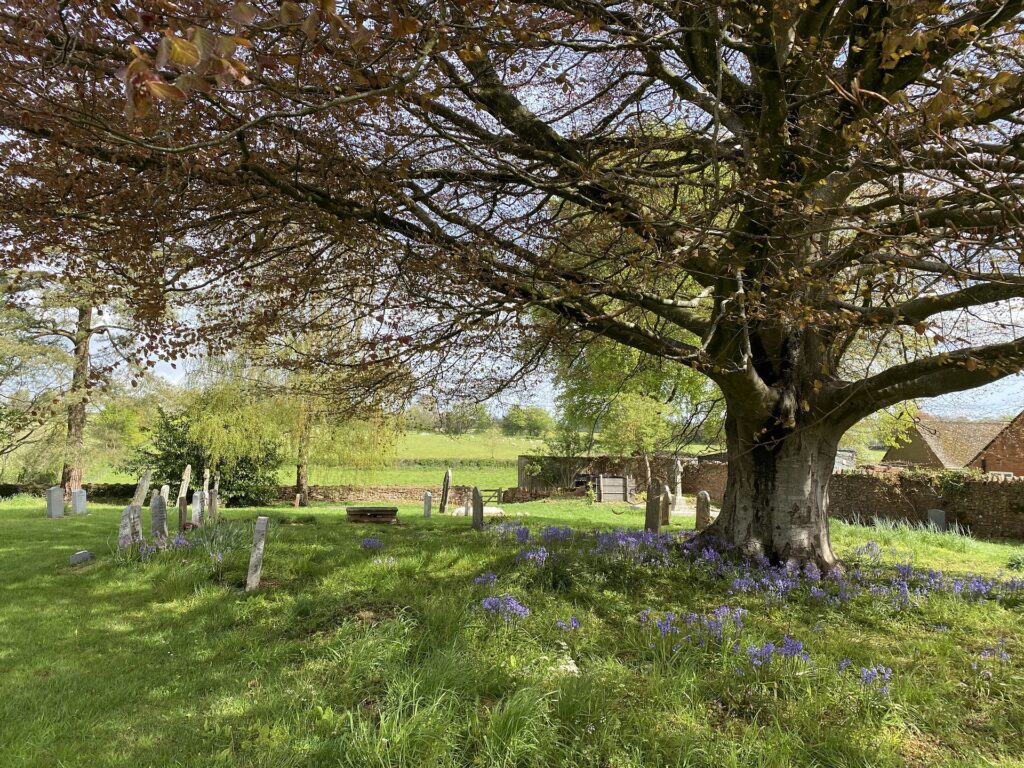
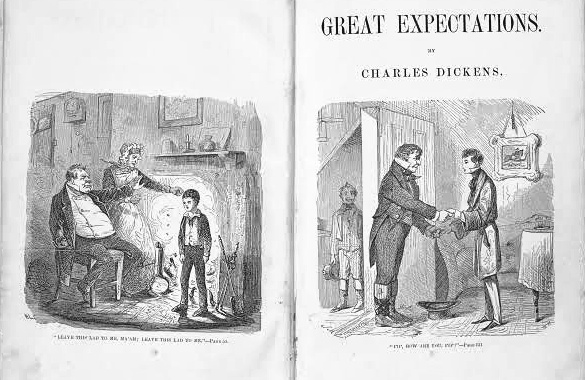
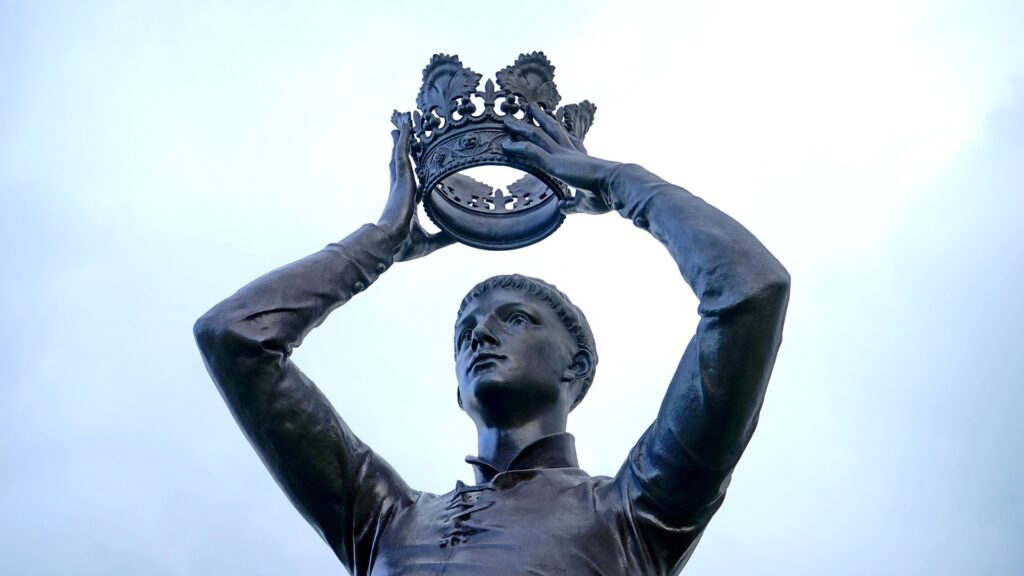
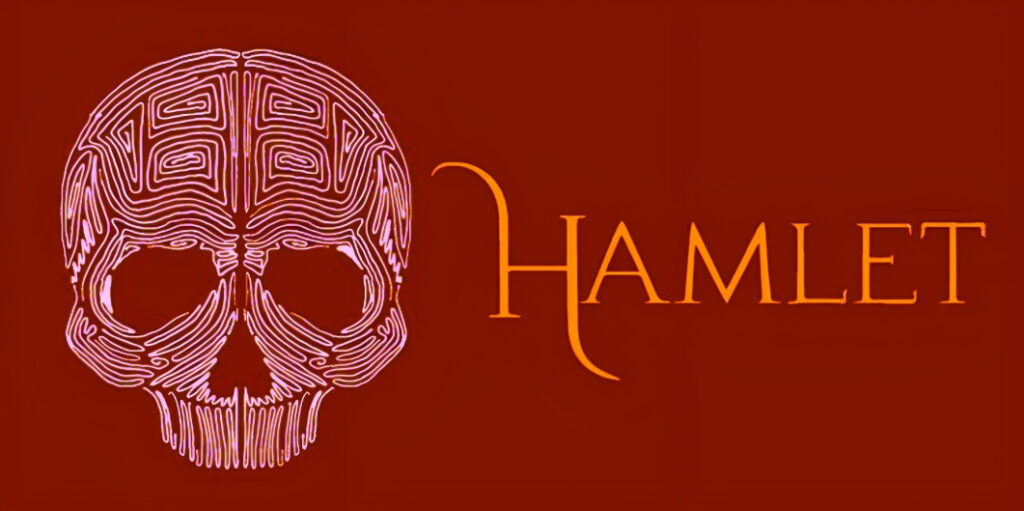


Comments
No Comments Yet